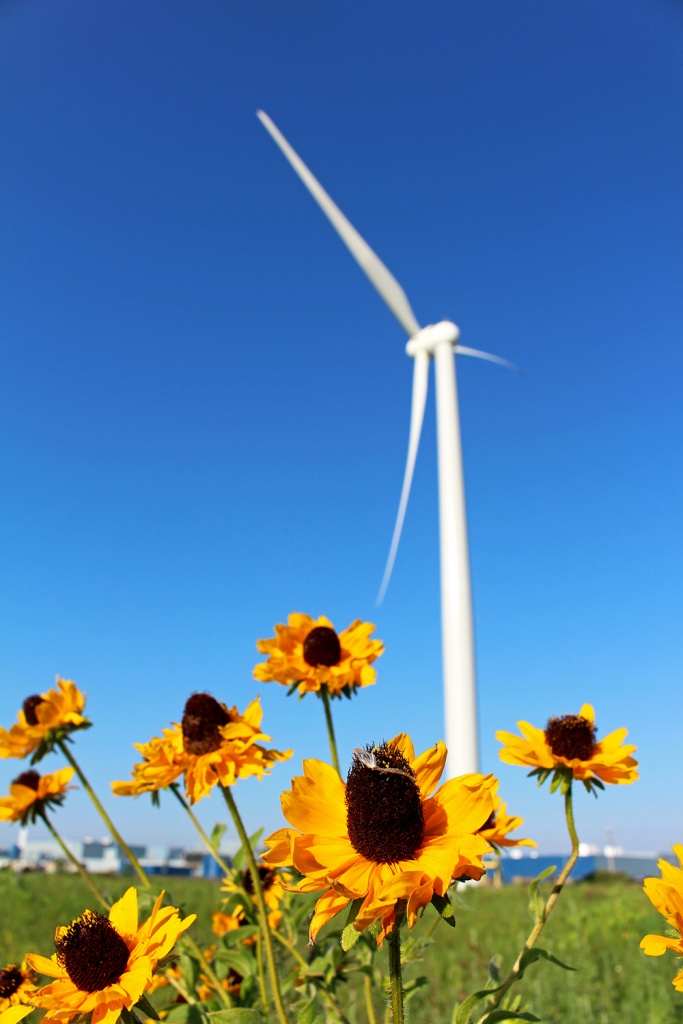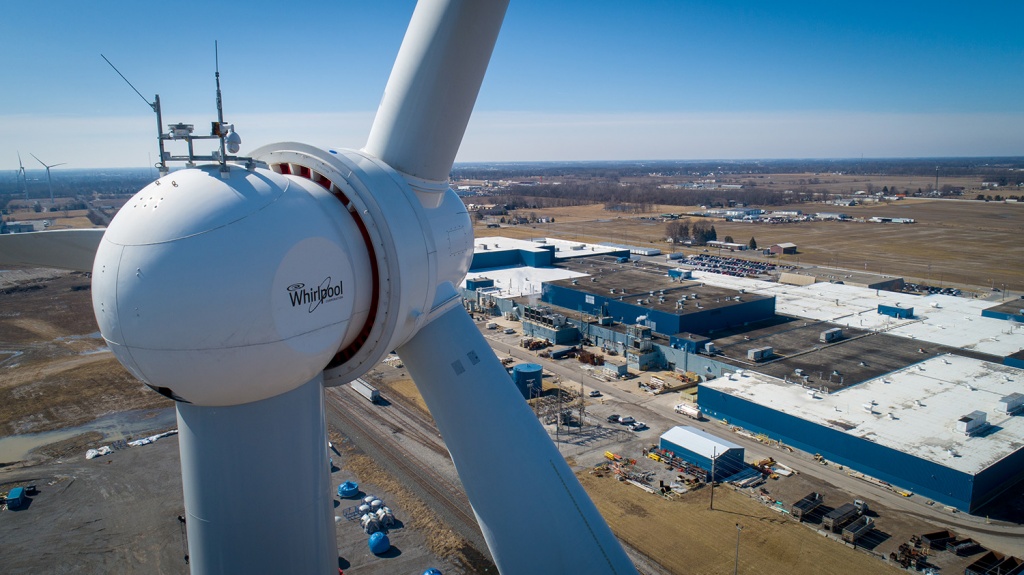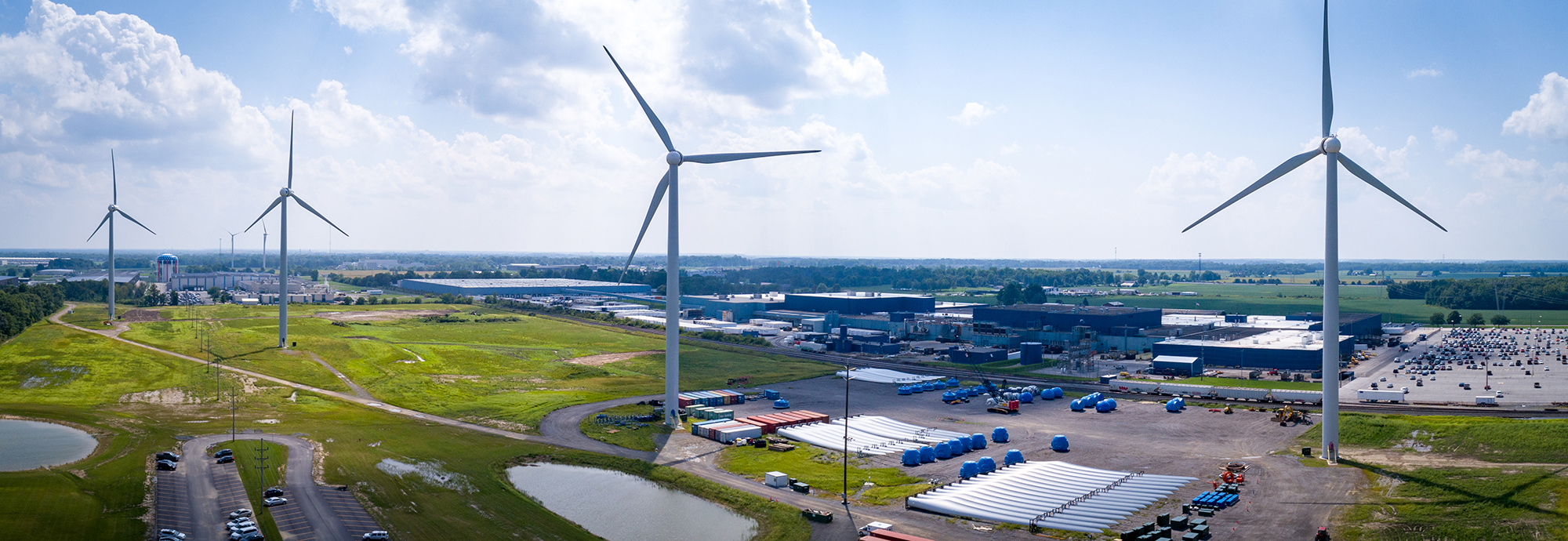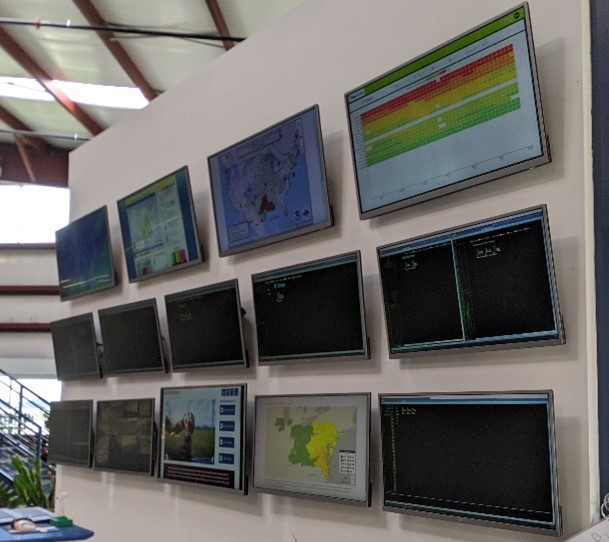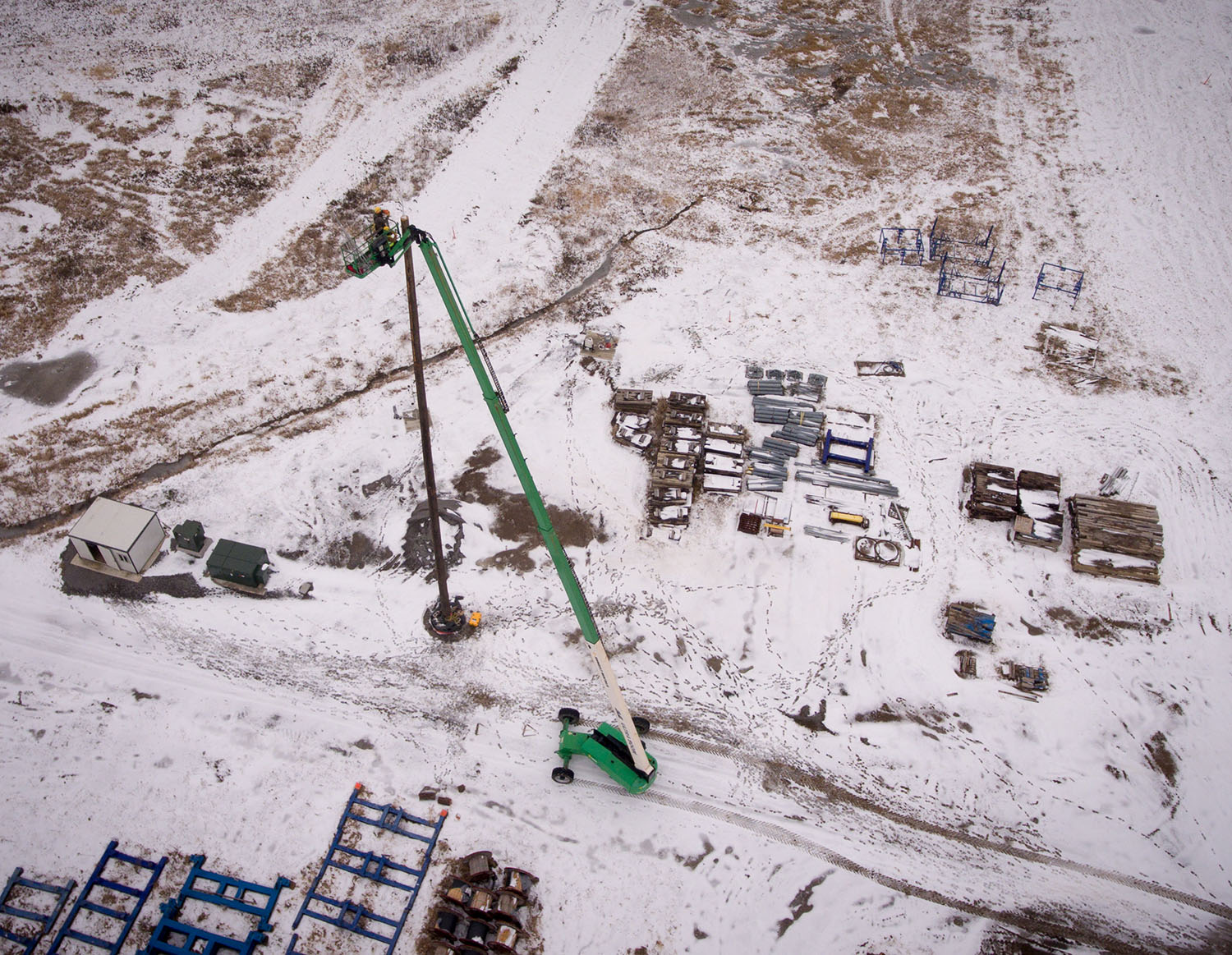There are 40+ hours in a work week, 52 weeks in a year, and approximately 40-50 years of work typically anticipated prior to retirement. There is a strong likelihood that many of us will work more than 100,000 hours prior to retiring. That is a lot of life to dedicate to a cause, which makes it especially important to clearly see the vision of the cause to which you’ve dedicated your time.
I have had the luxury of working for a transparent company for most of my career. I have always been “in the know.” I have been trained to see the bigger picture of not just my department at One Energy, but also the future of the industry and our business collectively. My fellow OE team members have been trained similarly. One Energy is not just a wind energy company, we are building a brighter future. We help consumers control their energy cost, generate on-site electricity, build a resilient grid with optionality, and if correctly positioned, we have the opportunity to provide the world with answers to long-endured problems.
The vision I have for One Energy is the vision everyone has at One Energy: to disrupt and change an antiquated system that is no longer built for growth. While I am the Head of Construction, my vision for the company is not simply to build wind projects. That is only a part of the journey. The more complete vision is to help companies and communities make good energy decisions for the long run, whether that is through wind technology or other means.
It has dawned on me in recent years that having a shared vision for our company, from top to bottom, is extremely rare. Every single team member can voice the vision in their own words, and are actively dedicating the passion and required resources to achieve it. We are collectively on a mission to accomplish our vision.
In a blink of an eye, I have spent in the range of 30,000 hours working towards this vision. And lately I’ve been asking myself, how did we become a unified company? How will we scale and maintain this sense of purpose? How will we continue to set precedents in the energy industry? These are questions that I ponder regularly now.
If you have a team that is struggling with your company’s vision, I suggest you examine the following areas:
- Compensation – Are you paying people what they are worth? (How much would it cost to replace them, how much would you pay to keep them at your company, etc.?) Are you compensating your team equitably throughout the organization?
- Cross training – Are your team members sequestered into departments or do they work cross-departmentally?
- Communication – How often are there company-wide communications? How is the story of the company – where it has been, and where it is going – told to employees? How candid is feedback? How is candor tolerated?
- Transparency –How are team members trusted with information – including that which is sensitive or confidential?
- Feedback – How is feedback collected from every member of the team? How is that feedback reviewed (and responded to)?
- Morale – Is your team passionate about what they do? Do they have anxiety or concerns about their jobs? Are their roles sustainable?
- Company mentality – Are you setting realistic goals? Is your team over promising and under delivering? How do you strengthen the weakest link in the chain?
- Involvement – How involved is your team with the community? With other departments within the company? How are you dismantling silos that form? How is training and growth provided to your team members?
- Strategy – How is company strategy being shared and communicated to the entire team? How do you communicate and set priorities within departments as part of the larger company goals and vision?
To work 100,000 hours in a lifetime is an enormous commitment. It is not easy to be “in the know” in every role, but for me, understanding the vision I’m striving towards is key to success and happiness at work. Working on a team of collective visionaries has enhanced my experience and helped me feel a part of something unique. While it is not always evident what the future may hold, striving to make our dreams a reality has been an experience above and beyond what I thought employment may ever offer.
The communication of a clear and shared vision across my company made this experience possible – and it’s something that could (and should!) be implemented at any company.
Chelsea Bumb is the Head of Construction at One Energy.
Learn more about Chelsea and the One Energy team.






























